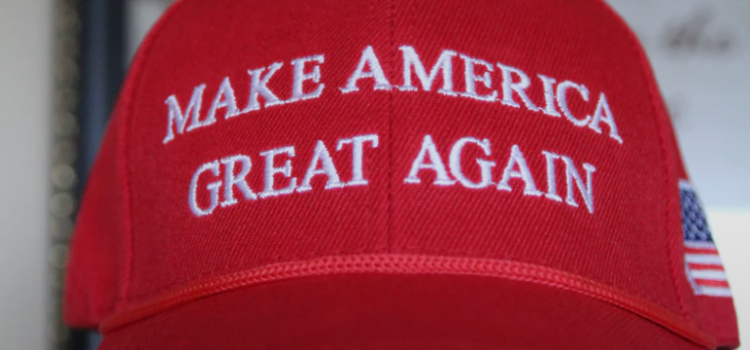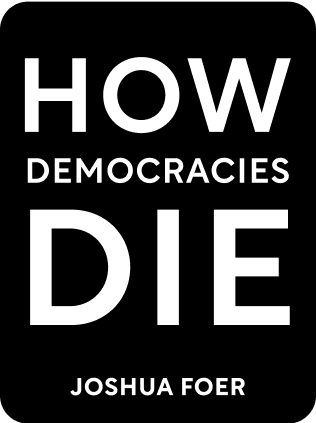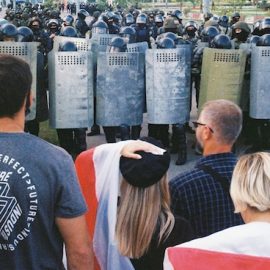

This article is an excerpt from the Shortform book guide to "How Democracies Die" by Steven Levitsky and Daniel Ziblatt. Shortform has the world's best summaries and analyses of books you should be reading.
Like this article? Sign up for a free trial here .
Is there fascism in the United States? How has fascism manifested in the U.S., and how does the country protect itself?
There is undoubtedly a history of fascism in the United States. Though the political system is often successful in ensuring fascists don’t get the top office in the U.S., fascism is still a huge part of our political history and system
Read more about fascism in the United States.
Fascism in the United States
So far, we’ve identified the main political traits of authoritarians and how mainstream political parties can successfully curb their influence—provided they exercise the political courage to do so. But we’ve only looked at such political developments outside the United States.
In this chapter, we will look more closely at how these same developments also apply to American politics. We’ll examine homegrown American authoritarians and how the political system used to be able to marginalize th em. We’ll then explore the historical processes by which American political parties lost their crucial gatekeeper function.
Homegrown Authoritarians
Extremists have been able to garner the loyalty and support of large swathes of the American population in the past. The 20th century saw the rise of several such figures. Fascism in the United States often starts close to home.
In the run-up to the 1924 presidential election, the great industrialist Henry Ford was overwhelmingly the top presidential choice of respondents to a series of polls conducted by Collier’s magazine in 1923. Unfortunately, Ford was also a notorious conspiracy theorist and rabid anti-Semite, who published an anti-Jewish newspaper in Dearborn, Michigan.
Later, in the 1960s, Alabama Governor George Wallace positioned himself as the defender of white America’s racial interests. Wallace, an ardent supporter of segregation and racial apartheid in America, was believed by many contemporary observers to have a political appeal limited to the South. But he shocked the political world when he garnered over 13 percent of the popular vote in his independent run for the presidency in 1968.
But despite their clear popular appeal, neither Ford nor Wallace ever got close to capturing a major-party nomination, let alone winning a presidential election. What stopped them?
Smoke-Filled Rooms: Guardrails Against Extremists
To answer that question, we need to look at how major political parties traditionally shaped American politics. For most of American history, party insiders played a decisive role in choosing nominees for the presidency. These were the proverbial “smoke-filled rooms” of party conventions and caucuses, and show some examples of fascism in the United States.
A candidate had to win over such party insiders to even have a chance of winning a major-party nomination. This crucial gatekeeping function is why outsiders like Henry Ford and George Wallace, for all their popularity with voters, never had much of a chance as presidential candidates. In the 1920s, both Republican and Democratic party insiders found the idea of the inexperienced and ideologically extreme Ford as president to be absurd.
Over a generation later, George Wallace suffered a similar fate. Considered unacceptable by the leadership of both major parties, he was forced to mount a third-party bid for the presidency in 1968 under the American Independent Party banner. Given America’s two-party system and the winner-take-all nature of the Electoral College, this doomed his longshot presidential bid to failure. While he did manage an impressive showing in the popular vote, he finished with only 46 electoral votes—far short of the 270 needed to win.

———End of Preview———
Like what you just read? Read the rest of the world's best book summary and analysis of Steven Levitsky and Daniel Ziblatt's "How Democracies Die" at Shortform .
Here's what you'll find in our full How Democracies Die summary :
- How shared norms are essential for preserving democracy
- Why the Trump presidency threatened those shared norms
- Why democracy goes beyond individual leaders and parties and must be a shared enterprise among committed individuals






